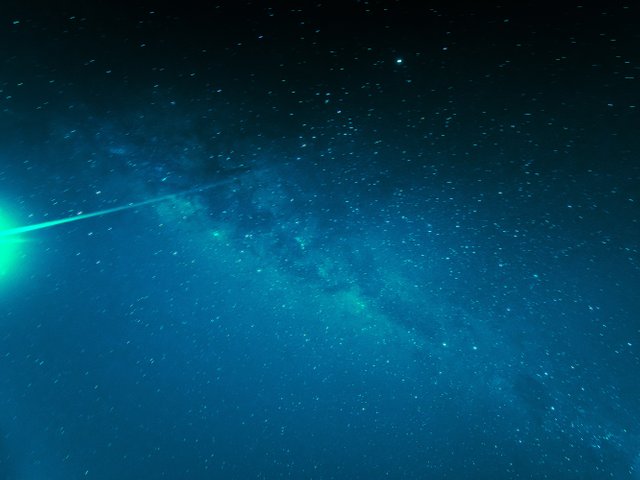Solar system overview.
The solar system is a vast and complex network of celestial bodies, including the sun, eight planets, numerous moons, asteroids, comets, and other space debris. It is a wonder of nature and a source of endless fascination for humans since the dawn of time. In this essay, we will explore the key features of the solar system and some of the most interesting facts about its various components.
At the heart of the solar system is the sun, a massive ball of hydrogen and helium gas that provides light, heat, and energy to all the planets in its orbit. The sun's immense gravitational pull keeps the planets, moons, and other objects in the solar system in their respective orbits, while its energy is responsible for a host of natural phenomena, from the auroras to the tides.
The first planet in the solar system, closest to the sun, is Mercury. It is a small, rocky planet with a heavily cratered surface, and temperatures that can reach up to 800 degrees Fahrenheit during the day and drop to minus 290 degrees Fahrenheit at night. Despite its proximity to the sun, Mercury has a very slow rotation, taking almost 59 Earth days to complete one rotation.
The second planet in the solar system is Venus, also a rocky planet, but much larger than Mercury. Venus is often referred to as the "twin" of Earth because it is similar in size, composition, and distance from the sun. However, Venus has a thick, toxic atmosphere of carbon dioxide, which creates a runaway greenhouse effect, making it the hottest planet in the solar system, with temperatures reaching over 860 degrees Fahrenheit.
The third planet in the solar system is Earth, the only planet known to harbor life. It has a unique atmosphere that protects the planet from the harmful effects of the sun's radiation, and a magnetic field that deflects most of the solar wind. The Earth has a diverse ecosystem that supports millions of species of plants and animals, including humans.
The fourth planet in the solar system is Mars, a rocky planet with a thin atmosphere of carbon dioxide. Mars has been of particular interest to scientists because of its potential for hosting life. In recent years, numerous missions have been sent to Mars to study its geology, atmosphere, and search for signs of microbial life.
The fifth planet in the solar system is Jupiter, a gas giant with a diameter of over 86,000 miles, more than ten times larger than Earth. Jupiter is known for its Great Red Spot, a giant storm larger than the size of the Earth, which has been raging for over 300 years. Jupiter has numerous moons, including Europa, which scientists believe may have a subsurface ocean of liquid water, making it a prime candidate for hosting extraterrestrial life.
The sixth planet in the solar system is Saturn, another gas giant with a prominent ring system. Saturn's rings are made up of millions of individual particles of ice and rock, and can be seen from Earth with a small telescope. Saturn has over 80 moons, the largest of which is Titan, a moon larger than the planet Mercury and the only moon known to have a dense atmosphere.
The seventh planet in the solar system is Uranus, an ice giant with a tilted axis that causes it to spin on its side. Uranus has a faint ring system and over 25 moons, some of which are named after characters from Shakespeare's plays.
The eighth and final planet in the solar system is Neptune, another ice giant with a deep blue color caused by the presence of methane in its atmosphere. Neptune has a faint ring system and over a dozen moons, the largest of which is Triton, which is believed to be a captured Kuiper Belt object.
[fuente de la fotografía Unsplash]
